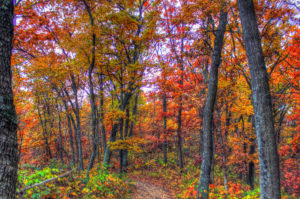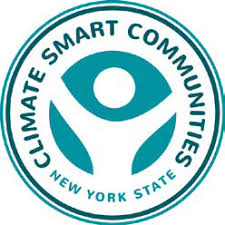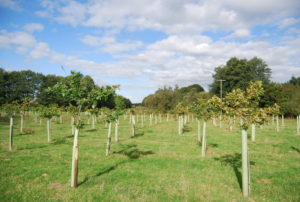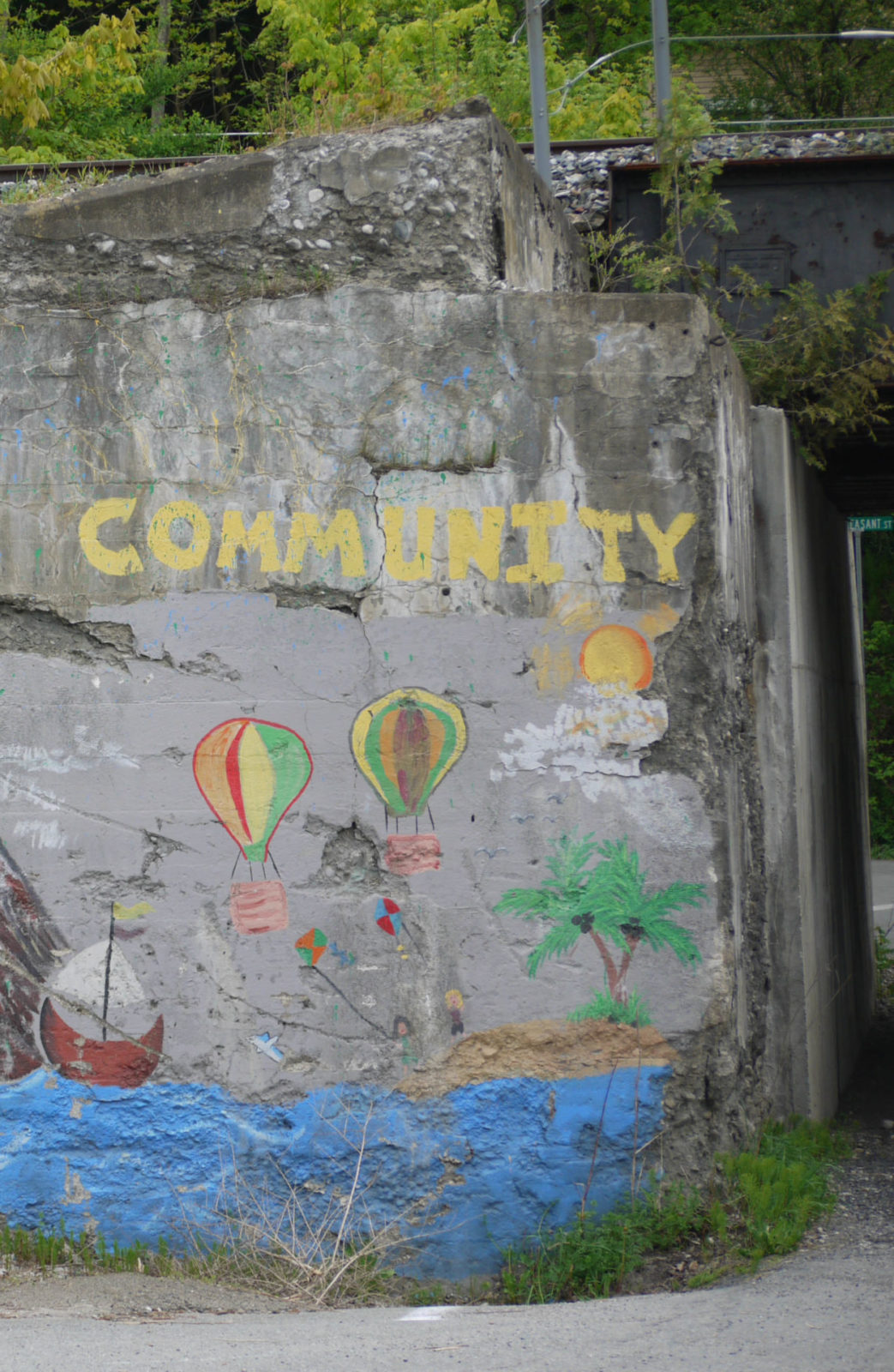Description
In order to increase the growth of trees within a municipality to sequester greater amounts of CO2, municipalities should support and encourage tree, shrub and native plantings on public and private land. Older, larger trees store a lot more carbon than young trees, so it’s important that in addition to planting new trees, we conserve and protect the giants of our forests and municipal areas. Municipalities should choose native species, such as red oak, that provide multiple long term benefits.
Specific steps that municipalities can take include:
- Adopt an Urban and Community Forest Master Plan.
- Educate the community on local tree inventory and the benefits of trees and encourage tree planting by landowners.
- Offer free or low cost trees and planting service.
- Identify locations in rural or suburban municipal lands for large tree planting.
- Identify locations in urban portions of the community, such as along city or town streets, for creation of micro-forests in small spaces. (Use high or mid canopy trees, shrubs, ferns and mosses to create forest pockets.) This concept can also be used to enhance areas near public transportation stops and other overly hardscaped areas.

Implementation Phases
This action could be fully implemented today.
Challenges
Identifying appropriate locations for tree planting requires expertise. If a municipality doesn’t have a dedicated “tree team,” they may need to hire an outside forester to help create and execute an inventory and tree management plan.
There is a financial cost to planting trees and maintaining them until they can thrive on their own. However, the NY DEC offers Urban and Community Forestry Grants to offset these costs.
Example Municipalities
Several municipalities have already implemented this action…
- Saratoga Springs, New York adopted a comprehensive Urban and Community Forest Master Plan which aims to maintain and plant trees throughout the city for the many benefits associated including cleaner air, shade and increased property values
- Alexandra, Virginia created its Urban Forestry Management Section, with the mission of planting and maintaining the trees necessary for the 40% canopy recommended by American Forests. This includes the annual planting of 400 trees and annual pruning of 4000
- Clovis, California currently maintains its urban forest consisting of 34,729 trees which sequesters 831.6 tons of carbon dioxide annually. Other benefits of Clovis’ urban forest include improving air quality, lowering the temperature, reducing annual storm water runoff and protecting “local water resources by reducing sediment and pollution loading in nearby water bodies”
- The Million Trees NYC initiative achieved its goal of planting one million trees in New York City
Greenhouse Gas (GHG) Reductions
Data not available.

Climate Smart Communities (CSC) & Clean Energy Communities (CEC) Link
This action is related to several CSC actions for which municipalities can earn points toward certification. Municipalities can:
CSC Actions:
- Earn 1-21 CSC points by following several implementation steps outlined in CSC’s PE7 Action: Conserve Natural Areas.
- Earn 4 CSC points through CSC’s PE7 Action: Shade Structures, for implementing a policy that requires development projects on municipal properties to include shade structures like tree plantings to mitigate against heat islands and offer needed shade.
- Earn 8-10 CSC points through CSC’s PE6 Action: Natural Resources Inventory, for creating a preliminary inventory according to a proscribed set of steps.
- Municipalities with waterfront land can earn 2-14 CSC points by implementing tree planting efforts in waterfront areas through PE7 Action: Riperian Buffers.

Co-benefits
There are multiple co-benefits to completing this action, including:
- Preservation of mature trees.
- Increased shade / comfort during hot summer months.
- Economic savings associated with reduced heating and cooling costs.
- Enhanced natural beauty of mature trees.
- Ecosystem benefits for birds, wildlife, and shade plant species.
Resources
https://www.anthropocenemagazine.org/2021/03/how-much-can-planting-trees-actually-offset-a-citys-carbon-emissions/
As an example, Saratoga’s plan is available at https://sustainablesaratoga.org/projects/urban-forestry-project/city-tree-policies-actions/
https://www.pnas.org/content/114/44/11645
https://wriorg.s3.amazonaws.com/s3fs-public/carbonshot-tree-restoration.pdf
https://www.milliontreesnyc.org/
https://climate.ny.gov/Advisory-Panel/Meetings-and-Materials
https://www.dec.ny.gov/lands/5285.html



